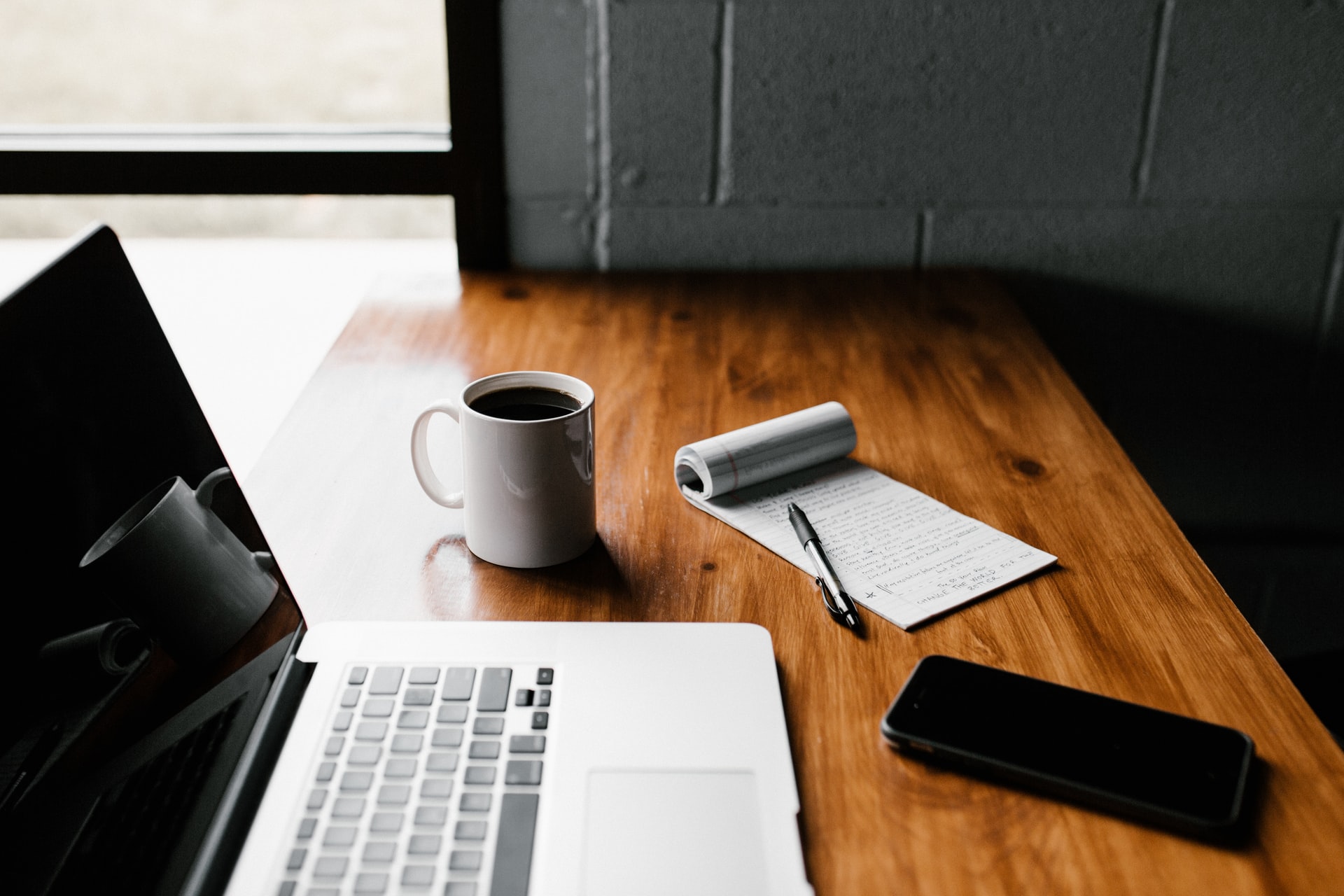Filling a Chapter 13 bankruptcy is an effective way to resolve a debt problem, as it gives you a chance to re-organize your finances, and help settle your debt. The bankruptcy code, which Chapter 13 bankruptcy is part of, was initiated to provide a legal remedy for those who are incapable of meeting their financial obligations to their creditors.
Some of the functions of Chapter 13 bankruptcy include:
- Reducing your financial obligations for issues pertaining to credit card debt, medical bills, and other unsecured creditors.
- Reducing your interest rates and your car repayments
- It can stop lawsuits resulting from failures to meet up with child support obligations and consequences of getting behind on alimony
- Stop foreclosure, wage garnishments, levies, and repossessions.
- Stop harassment and threats from aggrieved creditors
- Gives you the opportunity to restructure your finances
The majority of Chapter 13 plans are five years tenured, although some are three years tenured. While a bankruptcy plan is on, the debtor is not permitted to take loans without requesting the court’s permission. The court knows that loans are an emergency plan in some circumstances. Thus, they have a laid down process for granting permissions for loan requests.
What do the steps like for getting a personal loan in Chapter 13 Bankruptcy?
The modalities of getting permission for a new loan vary with court jurisdiction. It important to figure out if how to file if you are in different areas such as; Chapter 13 Bankruptcy Wisconsin, Chapter 13 Bankruptcy Utah, or Filing for Bankruptcy in Connecticut. However, a unifying factor is that the debtor must file a Motion to Incur Debt with the bankruptcy court. Before filing the motion, the debtor must first notify all parties involved in the bankruptcy plan; this should include the Chapter 13 bankruptcy trustees, the debtors, and others that are party to the Bankruptcy plan.
The Reasons to incur debt contain:
- The debt purpose
- A breakdown of the new loan details, such as the interest rate, repayment plan, terms of the agreement, and the amount.
- The loan collateral, where it is applicable
- A letter from the creditor, starting the loan agreement.
The court will fix a date when the court will review the legitimacy of the loan claim and decide to grant or reject the request. If the loan is approved, then the debtor is at liberty to acquire the loan.
An example of an instance where the loan will be granted is when the request is for a car loan due to a personal car that’s damaged beyond fixing, or you need to meet certain necessary financial obligations like school fees.
Loans and credit cards for personal needs?
The main purpose of the bankruptcy court is to protect both the debtor and the creditor; as such, you can only be given a loan if you need it for an emergency. Thus, credit cards for purchasing personal needs will not be granted if you have an active Chapter 13 bankruptcy plan. And the court may come up with a palliative like asking you to skip some payments if you have a real emergency; you will only be given this option only once during an active chapter 13 bankruptcy plan. The court may reduce your monthly repayments if your income reduces.
Loans and credit cards for my business?
The way a bankruptcy court views a loan request for a business loan is quite different from a personal loan. If you’re self-employed, the court believes that you may need some business debt to keep your business afloat.
For example, if it is a business that orders it supplies, or outsources any part of the business. The vendor will issue the business an invoice, which is to show what the self-employed owes; this type of debt does not require any permission.
However, loans to upgrade a business, renovate the business environment, and purchase equipment for a business, etc. will require court approval.
What are somethings to understand before acquiring debt as someone with an ongoing Chapter 13 bankruptcy plan?
Before filing for Motion to Incur Debt, you should look for other alternatives to source for a loan or solve the problem you need the loan for. For example, if you plan to take a loan to purchase a car, you can borrow a friend’s car, or approach a friend for a soft loan. It is essential that you only apply for a loan when other options have been exhausted because a new debt reduces your chances of meeting your Chapter 13 bankruptcy financial obligations. It is essential that you meet up with all financial obligations as that is important to get a bankruptcy discharge. The bankruptcy discharge will forgive your remaining loan from unsecured creditors. If you don’t get the discharge, you still have to pay what you owe.
A very effective way to avoid a need to request for a loan while in active Chapter 13 bankruptcy plan is by having savings for emergency purposes. If you have an emergency fund, you can use this loan to cater for your emergency needs.
